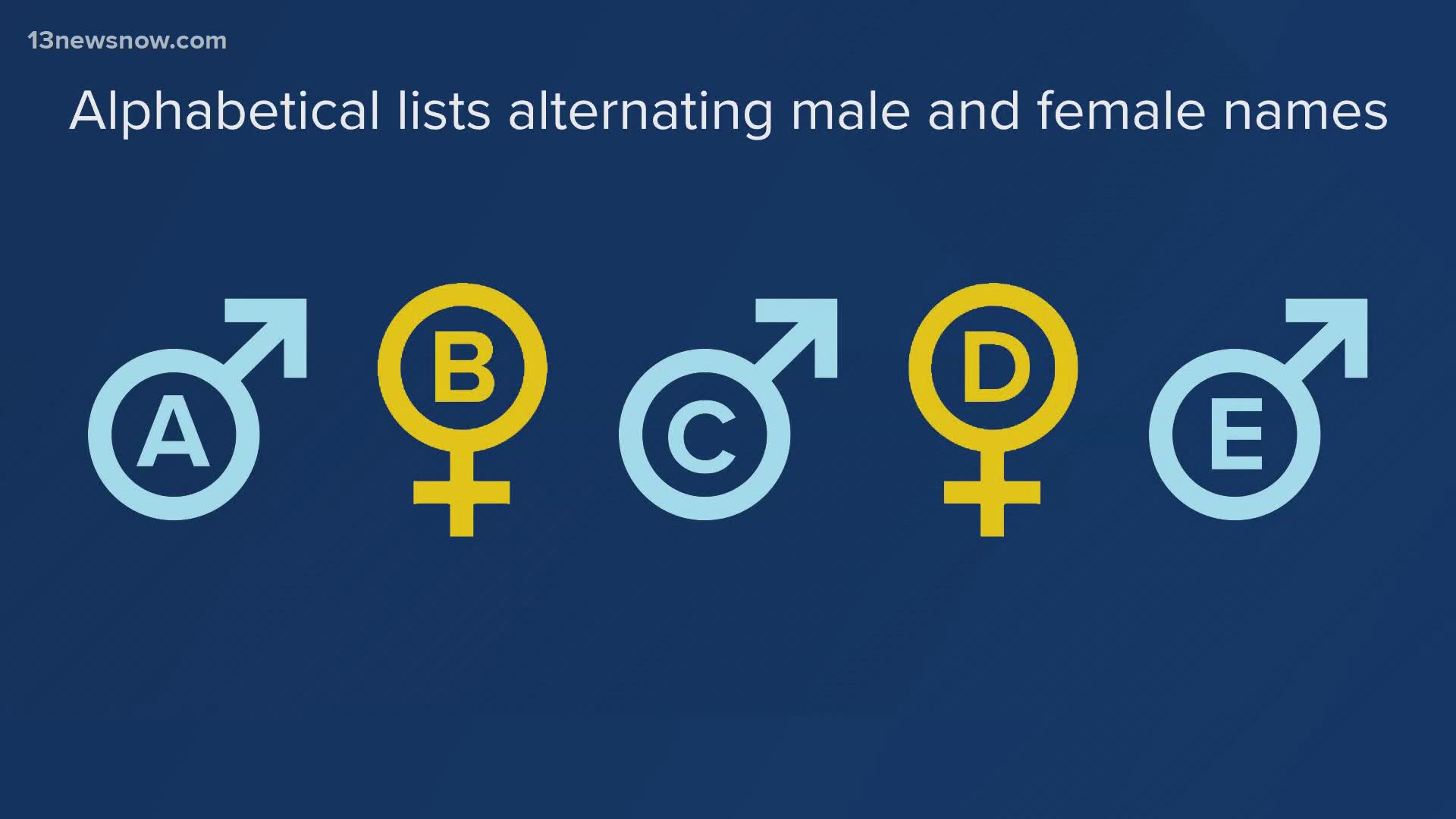NORFOLK, Va. — For years, the National Weather Service has named tropical systems to reduce confusion when two or more storms occur at the same time. But naming hurricanes dates back hundreds of years! In the West Indies, storms were named after the Saint's Day on which they occurred.
According to NOAA, there was "Hurricane Santa Ana" which struck Puerto Rico with exceptional violence on July 26, 1825, and "San Felipe" (the first) and "San Felipe" (the second), which hit Puerto Rico on September 13 in both 1876 and 1928. Other storms were named for the areas they hit. Of course, the names were given after the fact.
RELATED: 13News Now Hurricane Guide
The United States Weather Bureau started naming hurricanes in 1950, using the phonetic alphabet: Able, Baker, Charlie, and so forth. In 1953, the practice of using women’s names began, starting with Tropical Storm Alice.
In the 1970s, after years of pressure, the National Weather Service stopped using only female names. In 1979 both male and female names were included in the list.
Today, the World Meteorological Organization maintains a rotating set of six lists, using English, Spanish, and French names, since those languages are spoken in the Atlantic Hurricane Basin.
If a storm is so deadly or costly that the future use of its name on a different storm would be inappropriate, the name is retired from the list. Then, at an annual meeting of the WMO, the name is removed from the list and another name is selected to replace it.



